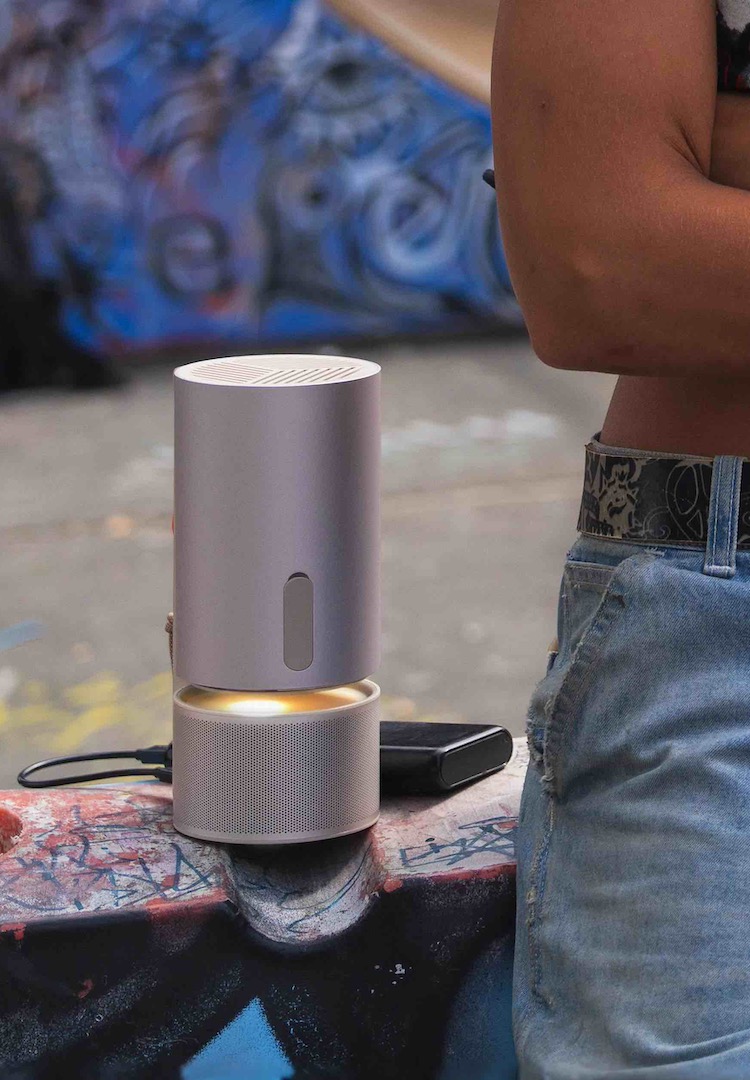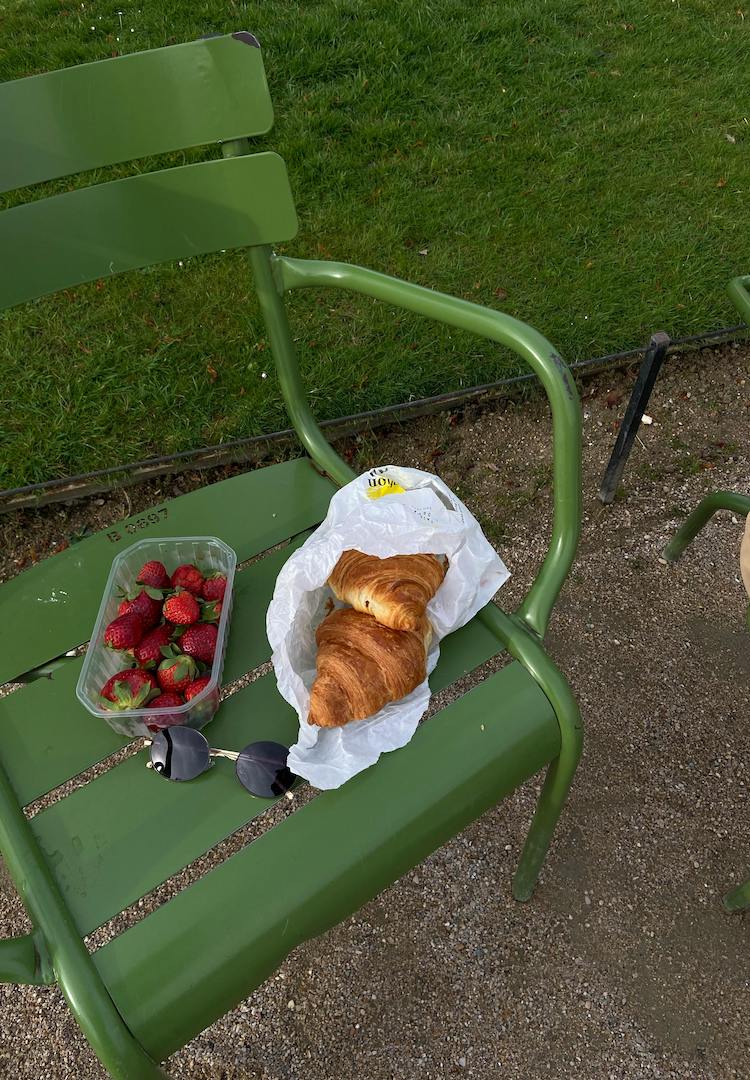How to avoid falling victim to ‘lifestyle creep’
PHOTOGRAPHY BY ELLA MAXIMILLION
WORDS BY GENEVIEVE PHELAN
If I was a rich girl.
Landing an additional writing project this week has prompted me to keep a browser tab open for a $360 Acne Studios scarf. I will likely buy this scarf in the coming days because I am earning a tiny bit more this fortnight and so that is totally rationalised. Or so I thought, until I read about the too-real financial phenomenon of ‘lifestyle creep’ and felt aggressively seen.
Basically, it’s when your income exponentially increases and with it grows your neurotic shopping/spending/rewarding tendencies. It’s when – if you’re me – you frivolously trade funds for fashion, food and other comforting luxuries instead of being a clever saver for life stuff. Quite literally it is your lifestyle habits creeping up to you and crippling your bank account. Brill.
We bring you new career advice each week. Find it over in our Life column.
This is something my housemate/bezzie friend and I disgustingly share in common. We’re serial offenders and our little Richmond apartment is like a shrine for lifestyle creep. It’s adorned with a cacophony of cool (unhung) prints, flowers (replenished weekly) and multiple Aesop fragrance dispensaries. We bask in the non-essentials. And despite gradual pay rises, freelance opps and growing income streams, our addiction to the unnecessary eliminates any chance of significant smart-girl saving every time.
Because I have no financial credibility or solutions to this peculiar (but very common) 20-something’s conundrum, I banged on Emma Edwards’ door, founder of The Broke Generation, a resource for millennials who want to get financially fit. A reformed spendthrift, Emma knows all about leading the rich life and shame-spiralling with regret. I might recite her advice before bed tonight in the hopes of it one day sinking in.
What is lifestyle creep explained simply to a millennial?
Put simply, lifestyle creep is when you earn more money and your taste, norms and expectations of what you can buy inflate at the same rate as your income. The problem with this is that you end up spending all the extra money you earn, meaning your increased income hasn’t actually helped you in the future because your savings rate has stayed the same.
View this post on Instagram
So how do we resist lifestyle creep?
It’s definitely tempting to want to reap the rewards from your increased income right now. We work hard and we want to see a return on our time. And ultimately I don’t think a little lifestyle creep is a bad thing. In many ways, it can be a good thing, for example being able to buy higher quality or organic food, or being able to afford health insurance, or taking on a gym membership. When you earn more, it’s absolutely fine to enhance your lifestyle in line with that. But make sure your decisions are actually adding value to your life, and not just a result of having more cash in the bank.
A good way to manage increased incomes and avoid the negative type of lifestyle creep is to increase your savings rate first. Say you earn $50,000 and then get a $10,000 pay rise to $60,000. You don’t need to keep living exactly the same life as you did on $50,000 and send every extra dollar to savings, but establishing a new normal that both tops up your savings or caters to your future plans, and gives you a little extra to spend now is the best way to balance the reward of more money.
And what do we do if we’re definitely already victim to it?
I’d get granular with your income. Each time your income goes up, start over again. Work out your income versus expenses, work out the difference in what you’re earning, and then decide exactly where those extra dollars are going to go before you’ve even got them. The worst way to handle extra income is to just let it absorb into your spending habits to the point you barely notice it.
This happens often for small pay rises of $20 or so a week. Or tax bracket shifts that leave you with an extra $14 per pay. No matter how small, decide exactly where the extra money is going to go before you start getting used to it (i.e. for a $300 a month pay rise, $100 will go into savings, $100 will go to spending and $100 will go to your fancy new gym membership, for example).
This article was originally published on May 14, 2021.
For more (exceptionally helpful) financial advice from Emma, give her a follow here.













